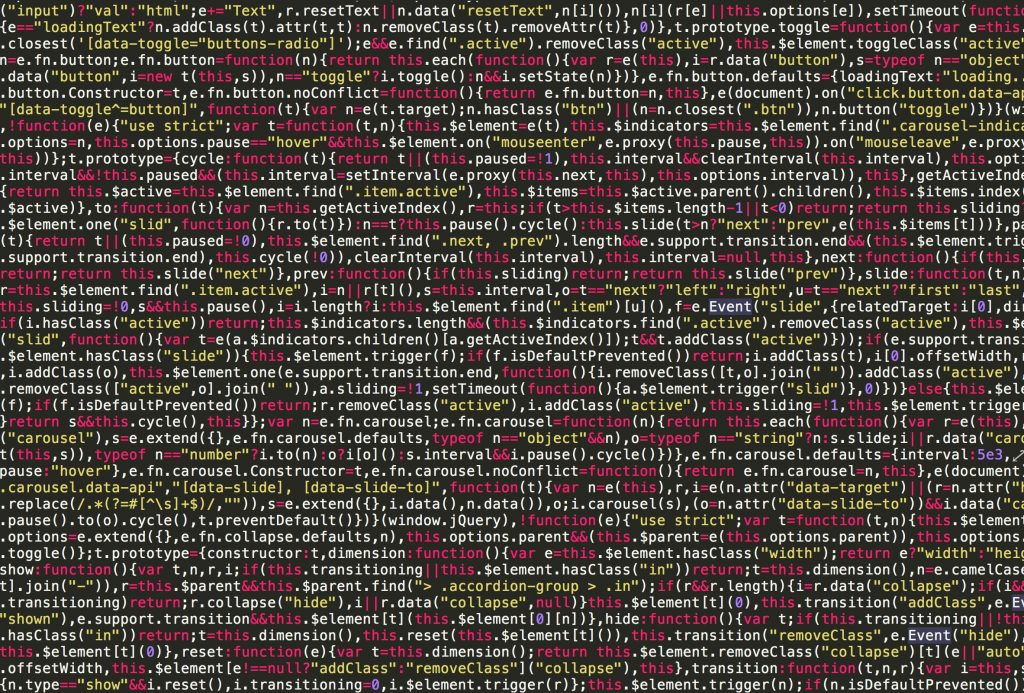The sector of machine learning is growing faster in both job opportunities and influence as the twenty-first century progresses. The future will be dependent on computers, and machine learning helps systems pinpoint patterns in large sets of data so that they can automate tasks. KTBYTE offers two main semester-long machine learning courses: CS82 and CS84.
However, one way that KTBYTE shines in their coding classes when compared to other programs would be their consistent reinforcement of applications. They emphasize ways in which the code can be used for issues that the students care about. In these machine learning classes, it means that they look at very real problems that could be solved, using a hands-on approach to learning.
Purpose of KTBYTE’s Courses
According to Danny, the teacher of this course, the courses are meant to help foster an “understanding of machine learning and what it brings.” It strives to let students explore methods by which they can directly apply the techniques to any issue that they may want to study; this can “train them to think a certain way” that is beneficial for anyone looking to learn more in-depth topics.
CS82
CS82 is an introductory course, meant to show students what they can do when given a large quantity of data. Introductory machine learning techniques are explained and explored. Students will learn the tools needed when they want to model the data along with the most common algorithms used in the field. It is taught in Python, and throughout this semester-long course, they will have about two hours of homework every week. This course provides a strong foundation for further exploration into the field of machine learning.
CS82 Projects
One student, Ryan, built a project that focuses on entertainment and strategy. It takes an online card game called Hearthstone, and the program runs to try to figure out the approach of the opponent based on their card deck. In this case, Ryan was able to take the seemingly arbitrary lines of Python code and tailor it to benefit him in a game.

Kevin is another student who uses machine learning to try to hypothesize the way that forest fires might spread. Known for being unpredictable, he uses his program to try to guess the area and severity with which a fire may burn. This could end up warning citizens of the danger close-by and give firefighters preparation as it tells them how hard this flame will be to combat.

Jonathan took his lines of code and arranged them to predict a risk factor for individuals in regard to suicide. He looks at various independent variables while studying the suicide rates for specific population groups in response to the increase of deaths in the past fifty years. His code is aimed to help social workers find people who may need assistance as they have more contributing factors to self-harm.

Alvin’s project analyzes asteroids to try to see whether it could be hazardous to Earth based on orbital measurements and size. He used NASA’s data collected from 4,000 asteroids and created a program to guess which ones in the future may pose a danger.

CS84
CS84 goes by the name “Deep Learning” and strives to explore the most recent techniques used in machine learning with the students. It provides them with professional hardware to run their code, and all the materials taught stems from the newest academic research. The lessons and ideas have been created from papers published less than five years ago; this makes sure that students are getting the most advanced techniques when it comes to applying neural networks to a variety of media, from text to images to data.
CS84 Projects
Derek’s machine learning project tries to classify skin cancer to potentially speed up diagnosis. After feeding the program over 10,000 images, he began improving his neural network, raising the validation accuracy from 68% to 76%, all while taking this course.

Yavor’s project tries to identify numbers in pictures of street numbers. With CAPTCHA usually providing pixilated numbers and characters to determine whether it is a computer or human, Yavor works to improve his computer’s intelligence by having it read the numbers from an image.

Allen creates a program to automatically give a post on StackOverflow tags to separate it in various categories. His designed neural network reads the text and attempts to comprehend it, all so that users may not have to personally assign tags by themselves and spend time picking from the large number of choices available.

Anirudh’s program works to understand the sentiment and emotion within Twitter posts concerning a public opinion topic. It looked at thoughts on various airline companies to see what people’s thoughts are. While previous models, such as KNN, only had a 49% accuracy rate, his project had an accuracy of 71%.

Jerry’s neural network aimed to recognize the artists of paintings that the computer saw. Using a database from online resources, he attempted to try to distinguish between 50 artists and their masterpieces to a computer.

Ryan’s project tried to take sounds and categorize them into one of ten classes. After finding a dataset to give to his program, he attempted to look at various urban sounds and have his network determine the differences between them.

Rohan’s project looks at x-rays to try to detect whether a bone was broken or not. He was one of the first to use machine learning in the medical field, and future development of the project could save money as people no longer have to go to the doctors to diagnose broken bones.

Conclusion
KTBYTE’s machine learning courses are meant to help students understand real-world applications of the code that they are learning daily. Even when students might not have a clear-cut answer, they can use their neural networks to try to resolve the issue one piece at a time, making changes where they need to. It follows a similar pattern to the famous Cornell Machine Learning series and prepares students for life after school, making sure that each and every one of their lessons is valuable and necessary.
In addition, KTBYTE offers a CS85 course that heavily focuses on research as students personally collect data and read research papers. In this course, they get to experience the world of academia at a young age, contributing their own knowledge as they strive to improve machine learning programs with their innovation.
As you can see, at KTBYTE, the versatility of machine learning is heavily emphasized during class, leading to a large variety of final projects that students may turn in. From analyzing pictures to determining gaming strategy, diagnosing skin cancer to predicting hazardous asteroids, there is no shortage of creative applications and ideas in these KTBYTE classes.
